Filleted Art Buenos Aires, all the details and history about one of the most distinctive techniques in the city.
Knowing that Tango is the music that characterizes Buenos Aires, we can say that Filleted is its line, its handwritten lyrics and its most faithful signature. Urban landscape of Buenos Aires, which in 2015 was declared by Unesco as Intangible Heritage of Humanity.
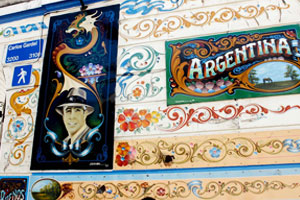 With twisted, dramatic and ornate characteristics, similar to the spirit of Buenos Aires, it became a call to attention to the inhabitants of the city, a kind of invitation to never forget those origins and philosophy of life, as well as its history.
With twisted, dramatic and ornate characteristics, similar to the spirit of Buenos Aires, it became a call to attention to the inhabitants of the city, a kind of invitation to never forget those origins and philosophy of life, as well as its history.
Simply, it is a typical decorative art from Buenos Aires, whose beginnings were the subtle decoration of carriages that were pulled by horses. Later, the same technique was used in trucks and buses, so that, all kinds of decoration and signage would bear its imprint.
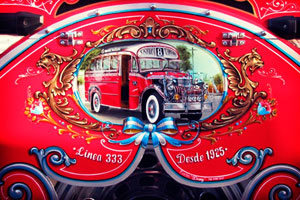 Regarding its aesthetics, you will be able to notice the abundance of symmetrical figures, curves, spirals, loaded with relief effects, garlands and flowers.
Regarding its aesthetics, you will be able to notice the abundance of symmetrical figures, curves, spirals, loaded with relief effects, garlands and flowers.
Imitating the history of Tango, of which we do not have an exact date on its beginnings, the same thing happens with Filleted Art. Not only is there no starting point, but there is also no first artist who created it. What we do have is the story of two Italian immigrants who developed the Filleting technique when they painted a car in imitation of French graphics, decorating it with red and gold, flowers, leaves and ornaments.
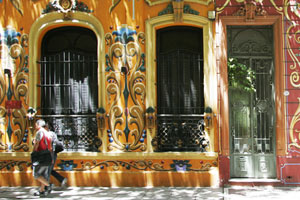 What makes this style stand out are its bright colors with a predominance of red and gold, as well as a high degree of stylization with basic and simple lines. It is contrasted with a false sensation of depth and volume, with an overload of the available space, a preference for ornate typefaces such as the Gothic letter or ornate characters, in addition to an obsessive symmetry, the confinement of the compositions in a frame and the symbolic conceptualization of objects (dragons symbolizing strength, horseshoes symbolizing good luck, etc.).
What makes this style stand out are its bright colors with a predominance of red and gold, as well as a high degree of stylization with basic and simple lines. It is contrasted with a false sensation of depth and volume, with an overload of the available space, a preference for ornate typefaces such as the Gothic letter or ornate characters, in addition to an obsessive symmetry, the confinement of the compositions in a frame and the symbolic conceptualization of objects (dragons symbolizing strength, horseshoes symbolizing good luck, etc.).
The name of this style derives from the word “fillet”, from the Latin: edge = thread. Filleting is precisely garnishing with fillets. The paint used for this aesthetic is synthetic enamel, which resists time and weather.
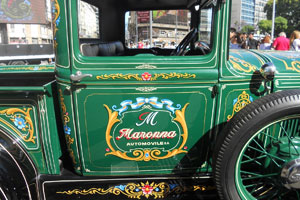
September 14 is the date on which the Filleted Art Day is celebrated and commemorated, remembering the first exhibition of this artistic trend that was held in 1970.
With the passage of time, filleting managed to become the image that gives life to Buenos Aires, which characterizes it and gives it an identity of local culture like Tango. Not only is it a collective symbol, but many people have tattooed it on their skin forever.
Here we tell you more curiosities about Buenos Aires!
We invite you to join our Free Tours of the city here, so that you continue to learn much more about its details and its magic.

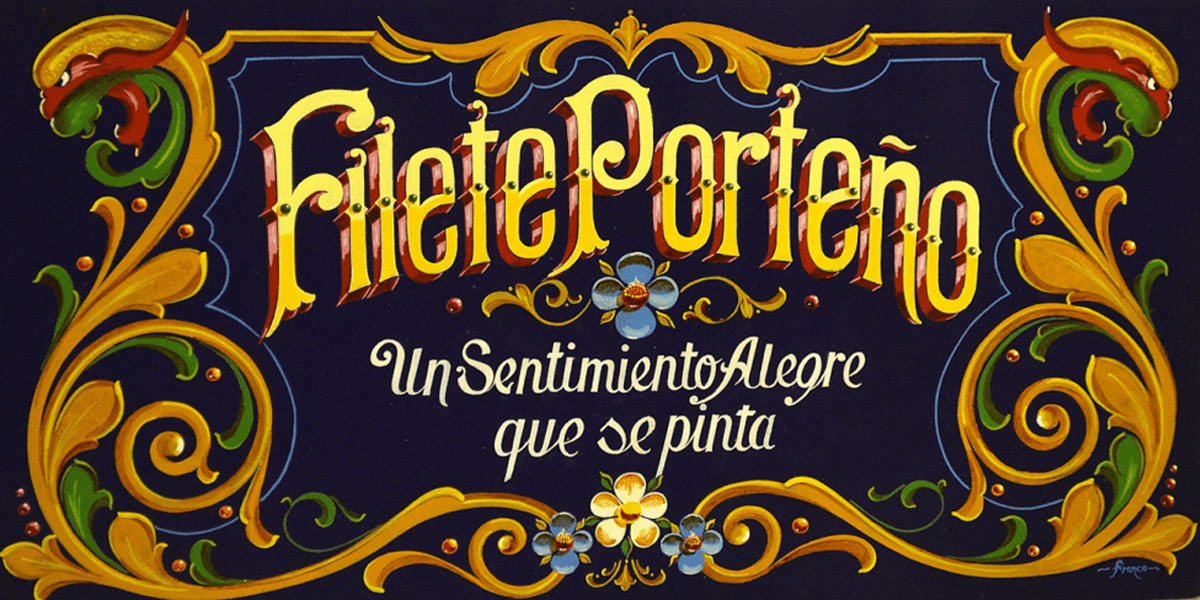



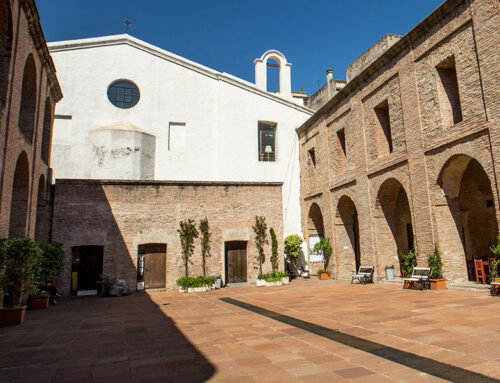
Leave A Comment